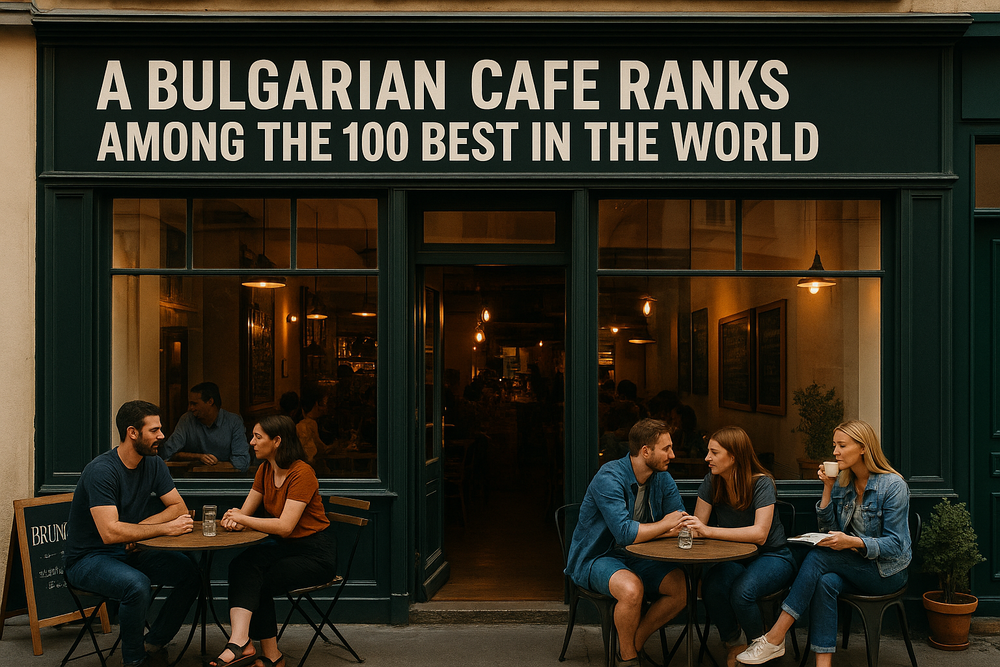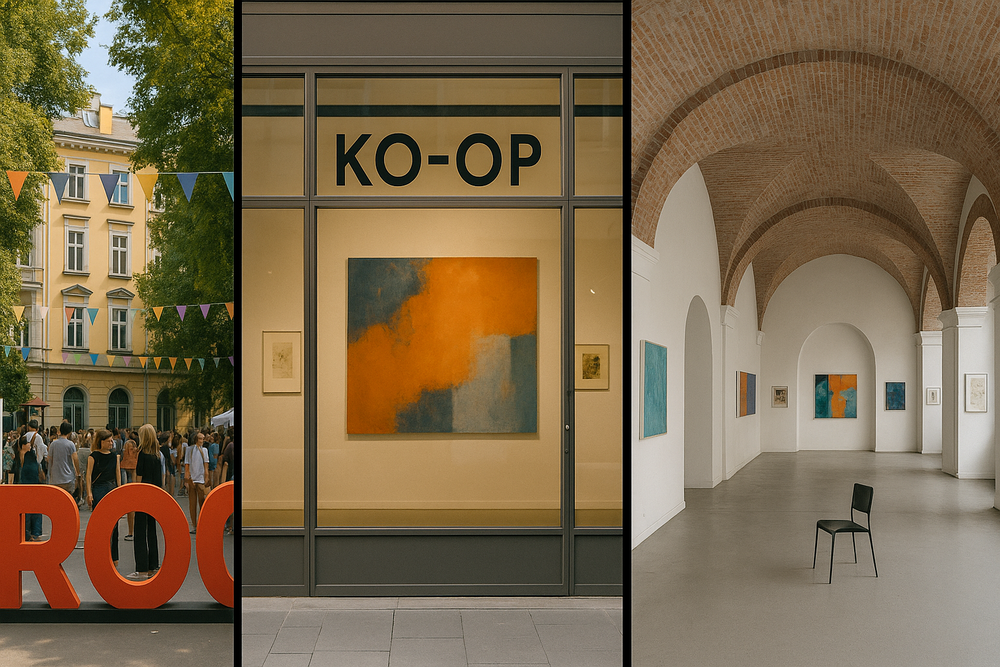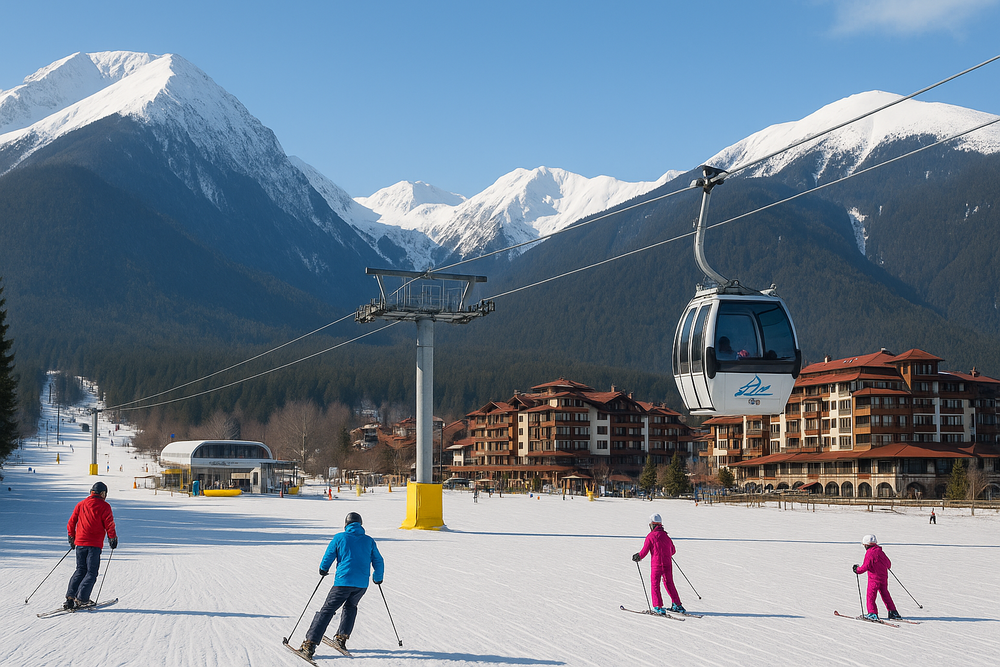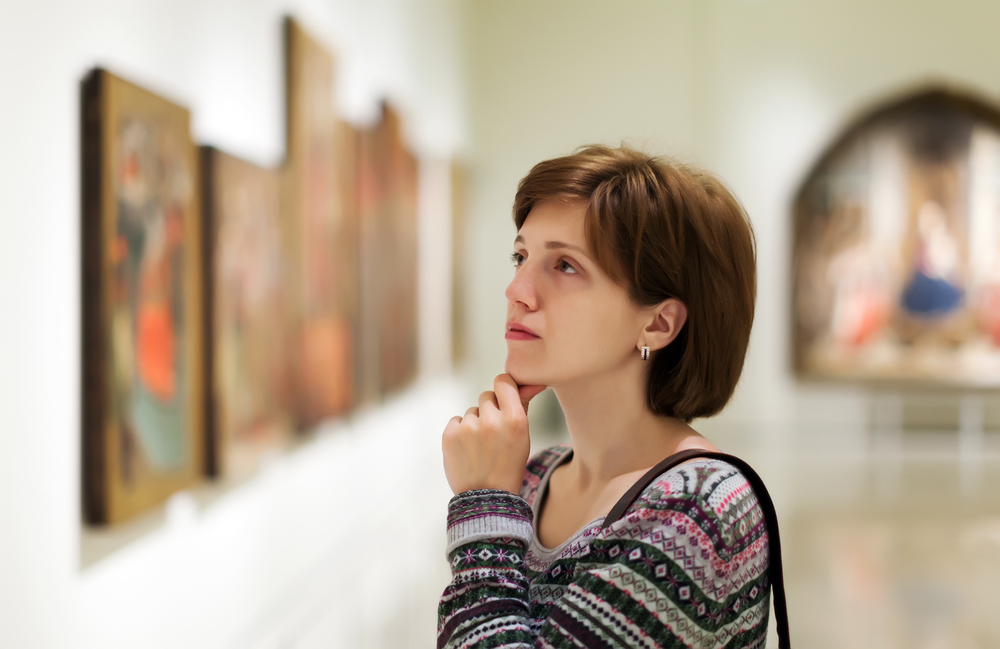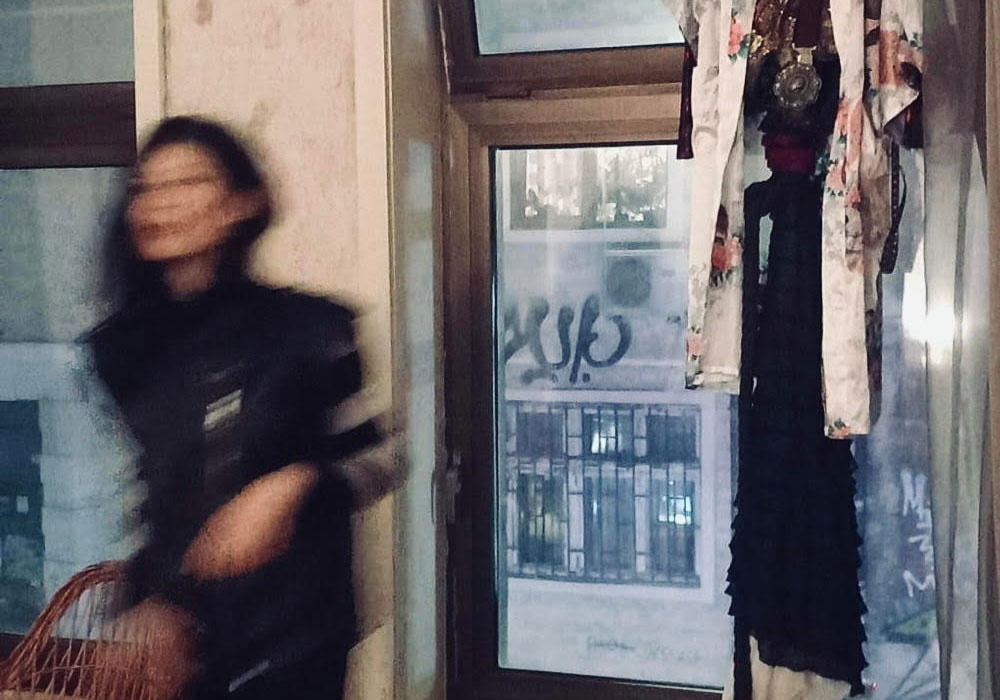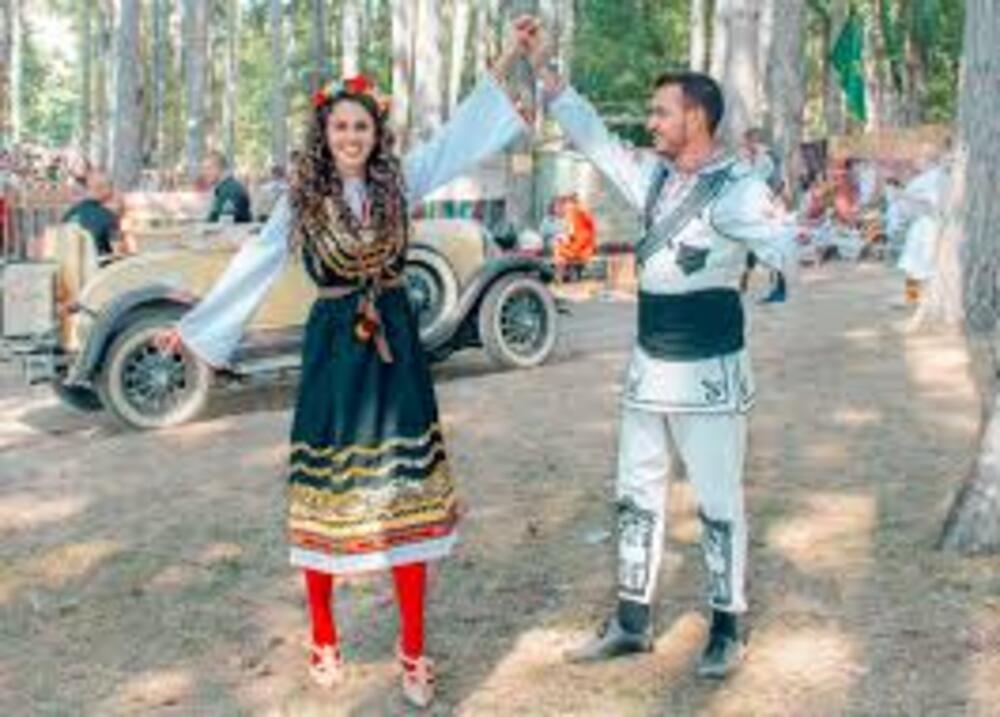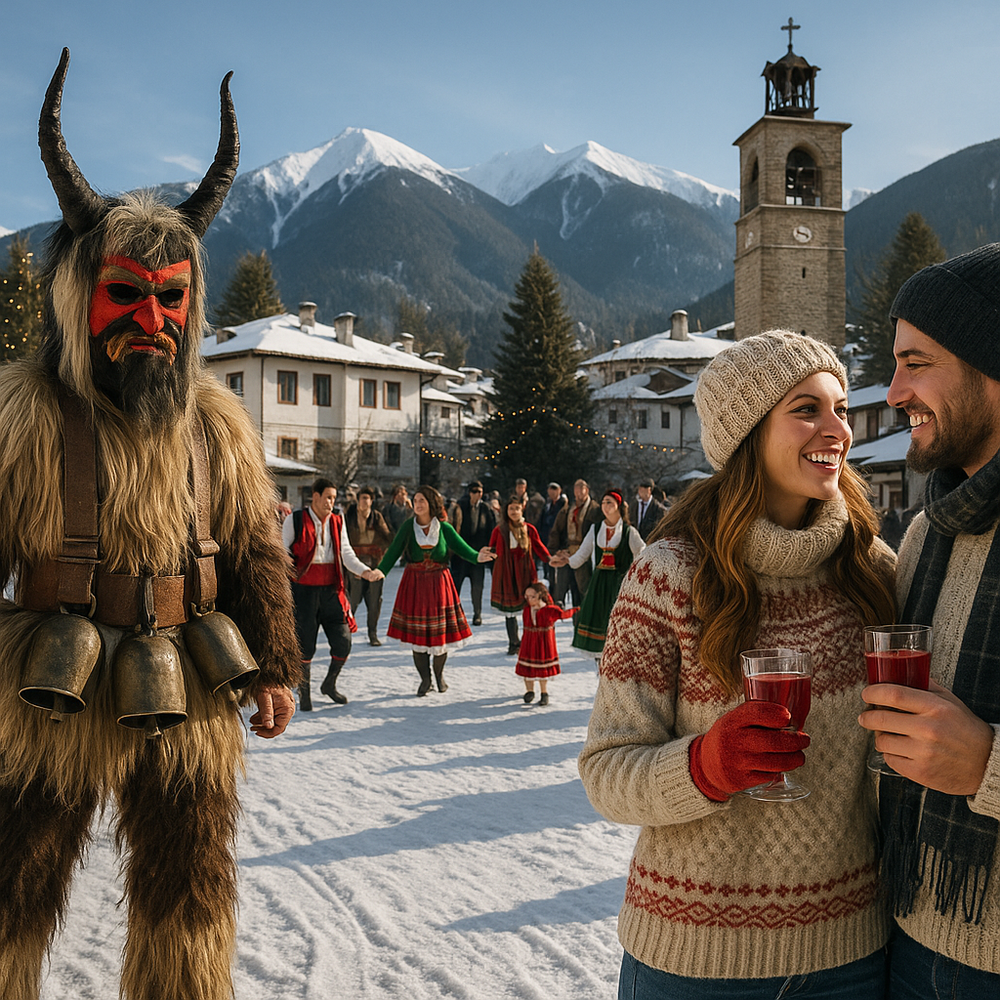
Your artistic practice blends drawing, collage, photography, and sound into powerful narrative portraits. What draws you to creating imagined personas, and how do you develop their stories?
It’s just part of my creative process, I guess. I observe what happens around me, and over time it has become something of an obsession to notice what I would call small happenings — people, things, leftovers, gestures, postures, birds, and so on. I rarely start a portrait with a clear idea of what it will be. I let myself be surprised in the process. Usually, the stories evolve alongside the shaping of the portrait — they form and (possibly) complete each other. It’s similar to how I write my short stories: they start from a word or from the first sentence – often sparked by something I’ve seen, a memory, or just a thought that appears in my mind – and then the story unfolds. I try to let it happen naturally — and edit the text at a later stage.
You’ve worked both as a visual artist and as a stage and costume designer. How does your scenographic background influence your approach to visual art — or vice versa?
Scenography is amazingly cross-disciplinary. I believe anything can happen there — not only on stage but also long before, during the project stage. At the Academy of Arts, my professors encouraged me to express my ideas using multiple media — not relying only on drawing, but also creating collages, photographs, and other forms.
I began with drawings, then started including photographs, sometimes drawing over them and integrating them into mockups and collages (Christo was a big influence). Later, I discovered I was deeply interested in video. I think the more knowledge you gather about what has come before you in the arts, the more curious you become about experimenting.

Many of your materials, such as nail polish or scotch tape, are unconventional in fine art. What role does experimentation with materials play in shaping your aesthetic and message?
I’m just curious, and I don’t like throwing materials away. This started at the Academy, I was inspired by my graphic techniques and drawing professors. I began working with fine plaster mixtures and other building materials, and I also tried to make use of all scraps of paper (including old fashion magazines) and every bit of paint I had. Later, I came across some old colorful scotch tapes and nail polishes that I didn’t want to throw away, so I decided to see what would happen if I used them in my work – and they stayed, though I did get a little dizzy from the nail polish fumes. We all try to find our own artistic voice, and for me, experimentation is my way of searching for it.
Your work was recently featured in the Late Anthropocene Findings exhibition at the Bulgarian Pavilion of the Prague Quadrennial. Could you tell us more about the concept behind that project and your experience participating in this major international event?
The concept for the Bulgarian exhibition at PQ23 was created by some of the most talented Bulgarian theatre and visual artists. Late Anthropocene Findings was a performance installation speculating on a potential present or future life for scenographic objects and costumes whose theatrical life had ended. The Bulgarian pavilion was transformed into a warehouse for sets and props (provided by various scenographers) where their theatrical afterlife was reimagined — through daily performances, public interaction, and more.
I contributed one costume from my work on Twelfth Night…or as WE like it and face masks that I had created for Antigone. I wasn’t involved in the organizational or performance aspects, but I know it was a huge success.

As an artist based in Sofia, how do you see the current art scene in Bulgaria? Are there any spaces, galleries, or collectives that you feel are pushing boundaries or offering important platforms for contemporary artists?
Bulgaria is not so different from other countries in its variety of artists, I think. Even if the scene isn’t huge, there are both Bulgarian and foreign artists living and creating here (or doing art residencies in Bulgaria) and experimenting in many directions. There are galleries dedicated to supporting and presenting contemporary art — some are very small spaces in the city center, others are hidden in basements or apartments that you might only discover if you’re invited. They’re like hidden gems.
I value these places because they create communities and give opportunities to emerging artists. The same goes for contemporary art festivals — I’m most familiar with Sofia Art Week, but there are others as well. Institutional galleries also play a role in shaping the art scene, as does the Center for Contemporary Arts in Sofia.

In your view, how has Bulgarian culture and history shaped your identity as an artist? Are there specific symbols, narratives, or traditions that resonate strongly in your work?
It has shaped me as a person, and naturally there’s an imprint of Bulgarian culture in the way I think and perceive things — as well as in my reactions to the aspects I dislike or feel outraged by. It’s inevitable. I think this is the bridge between me as an artist and our culture. I cherish my roots and at the same time try not to be limited by them, seeing them instead as part of a larger landscape. So far, I haven’t used specific Bulgarian symbols in my work, even though I find them fascinating.
One of your solo projects delves into developing a unique visual language. Could you share more about this process and how you define “visual language” in your artistic vocabulary?
I don’t have a fixed definition. I blend various artistic means to express what I’m interested in, but I think I always aim to tell one story and to view it from different angles — whether through mixed media or by incorporating multiple people’s voices. In the beginning, much of this was drawn from my memories and those of my family. One thing led to another, and I became interested in collective memories beyond my family — in other people’s stories — so I began recording them. This research process is strongly shaped by scenography and the way a scenographer thinks about space, inevitably aiming to transform everything into something close to a performance space.

Your academic work includes a PhD in scenography. How does research inform your creative practice? Do your academic interests overlap with your studio work?
Being a PhD student and writing my dissertation filled a gap in my knowledge. I learned so much — about new artistic practices, about ways of thinking in theatre and visual art, and about the creative process itself. You can never learn it all, but studying so many talented people, reflecting on their work, and even meeting some of them makes you humble. It was a challenging process, and one result was that I had to let go of many of my artistic fears and insecurities. My research focuses on alternative practices — something I was already interested in before I started, but my work on the dissertation deepened that interest.
You’ve collaborated with student theater groups and professional productions alike. What role does collaboration play in your creative process, and how do you approach the dialogue between visual design and live performance?
Collaborations have taught me to be more patient, thoughtful, and open to ideas that differ from my own. I love collaborating because of the shared creative experience, but it can also be testing — you have to listen to others without losing your own voice. It’s a delicate balance, and I’m still learning how to walk that line.
What themes or ideas are currently guiding your work? Are there any upcoming projects or exhibitions you’re particularly excited about?
I’m interested in wounds and memory. I’m fascinated by human fragility and tenderness, and by the strength – and at times the absence of it – with which we endure time or “wear” our scars. At the moment, I’m focused mainly on developing some of my solo project ideas, but there is also a theatrical project I’m very excited about.
